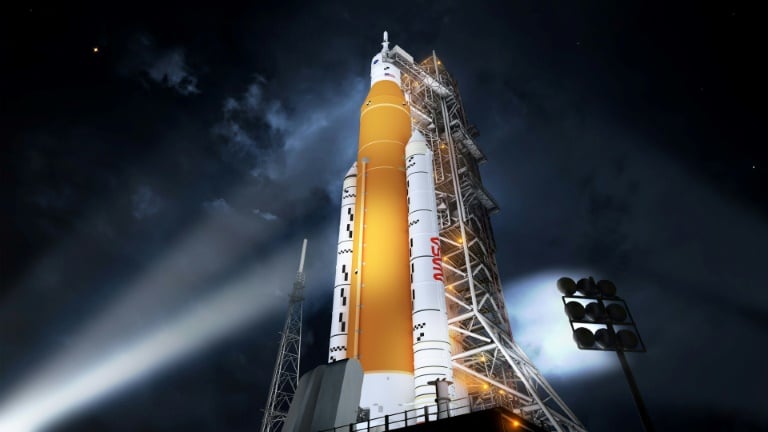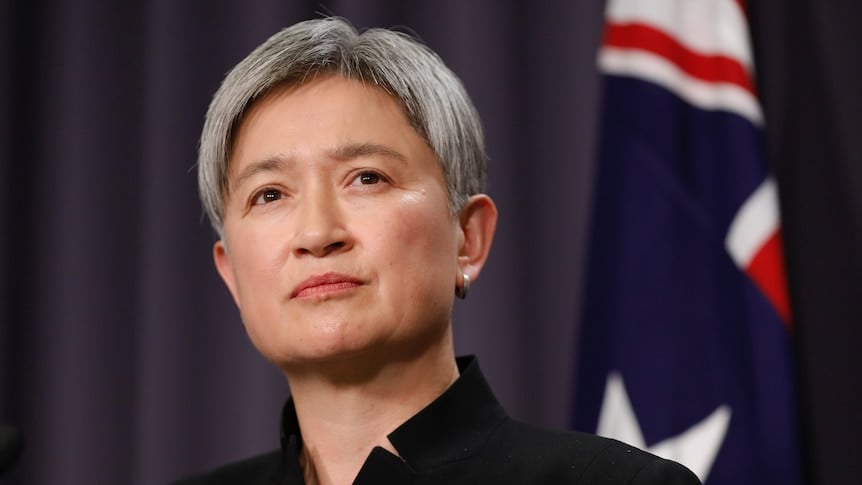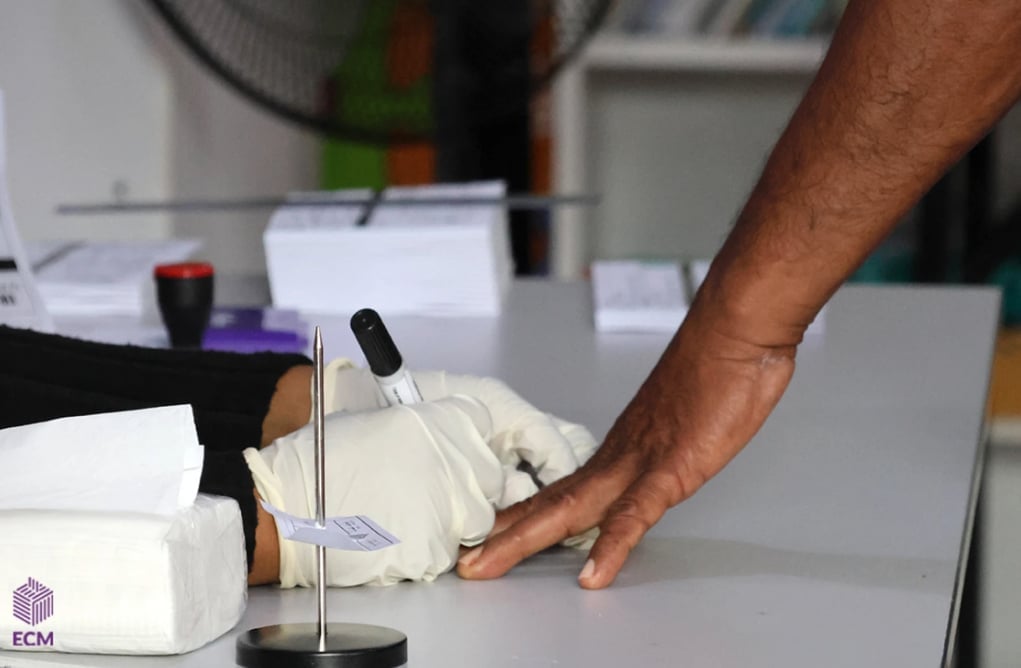NASA is extending its target date for sending astronauts back to the moon to 2025 at the earliest, the US space agency’s chief said on Tuesday, stretching out by at least a year the timeline pronounced under former President Donald Trump.
A target of 2024 was set by the administration of former US President Donald Trump when it launched the Artemis program, an initiative intended as a stepping stone toward the even-more-ambitious objective of sending astronauts to Mars. But the program has since faced numerous delays, including in developing the vehicles needed.
NASA Administrator Bill Nelson cited delays from legal wrangling over the SpaceX contract to build the Artemis lunar landing vehicle as a major reason for extending the target date.
“We lost nearly seven months in litigation, and that likely has pushed the first human landing likely to no earlier than 2025,” Nelson told a news conference.
“We are estimating no earlier than 2025 for Artemis 3, which would be the human lander on the first demonstration landing.”
Nasa is targeting the first uncrewed mission, Artemis 1, in February 2022, and Artemis 2, the first crewed mission that will perform a flyby of the moon, in 2024. Nasa says the Artemis program will include the first woman and first person of color to set foot on the surface of Earth's natural satellite.
The agency wants to build a sustained presence on the Moon and use the lessons learned there to develop a crewed mission to Mars by the 2030s.
Humans last landed on the Moon in 1972 on the Apollo 17 mission.
A target of 2024 was set by the administration of former US President Donald Trump when it launched the Artemis program, an initiative intended as a stepping stone toward the even-more-ambitious objective of sending astronauts to Mars. But the program has since faced numerous delays, including in developing the vehicles needed.
NASA Administrator Bill Nelson cited delays from legal wrangling over the SpaceX contract to build the Artemis lunar landing vehicle as a major reason for extending the target date.
“We lost nearly seven months in litigation, and that likely has pushed the first human landing likely to no earlier than 2025,” Nelson told a news conference.
“We are estimating no earlier than 2025 for Artemis 3, which would be the human lander on the first demonstration landing.”
Nasa is targeting the first uncrewed mission, Artemis 1, in February 2022, and Artemis 2, the first crewed mission that will perform a flyby of the moon, in 2024. Nasa says the Artemis program will include the first woman and first person of color to set foot on the surface of Earth's natural satellite.
The agency wants to build a sustained presence on the Moon and use the lessons learned there to develop a crewed mission to Mars by the 2030s.
Humans last landed on the Moon in 1972 on the Apollo 17 mission.


















